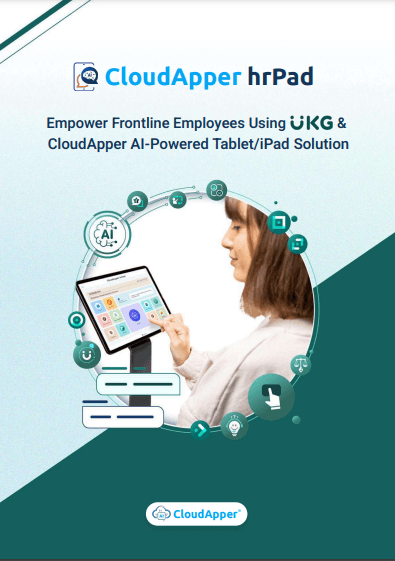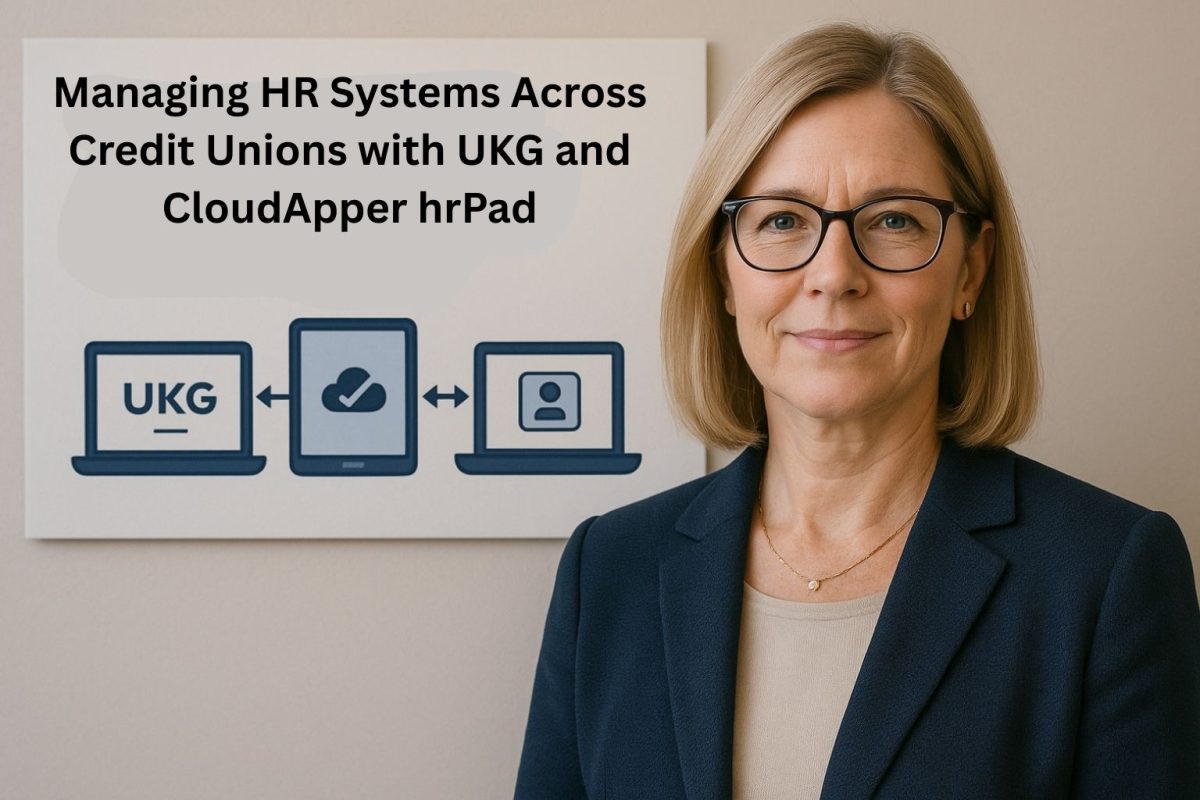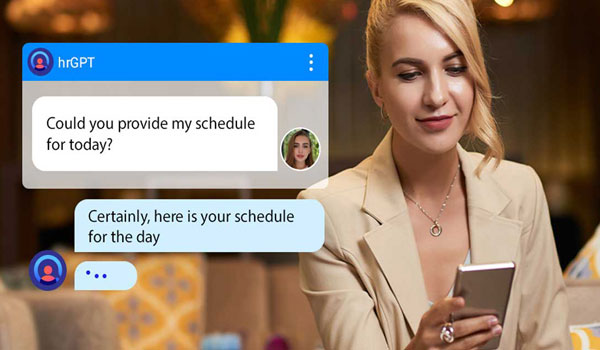UKG tracks balances but can’t natively limit a special PTO code to one use per employee. HR ends up spotting duplicates after payroll closes. CloudApper hrPad adds a no-code front-end that checks UKG history instantly, blocks second requests, and syncs only valid entries. The result: zero duplicates, zero retro voids, and instant clarity for employees.
Table of Contents
Restricting a paid-time-off category to a single use often appears in special-recognition programs, service-award days, or regulatory leave grants. Yet HR teams who try to configure a “one-and-done” rule inside UKG Pro or UKG Ready quickly learn that the platform was designed for balance tracking, not single-instance gating. Below is a closer look at the pain points UKG users encounter, followed by the way CloudApper hrPad closes the gap with an intuitive, no-code front-end.
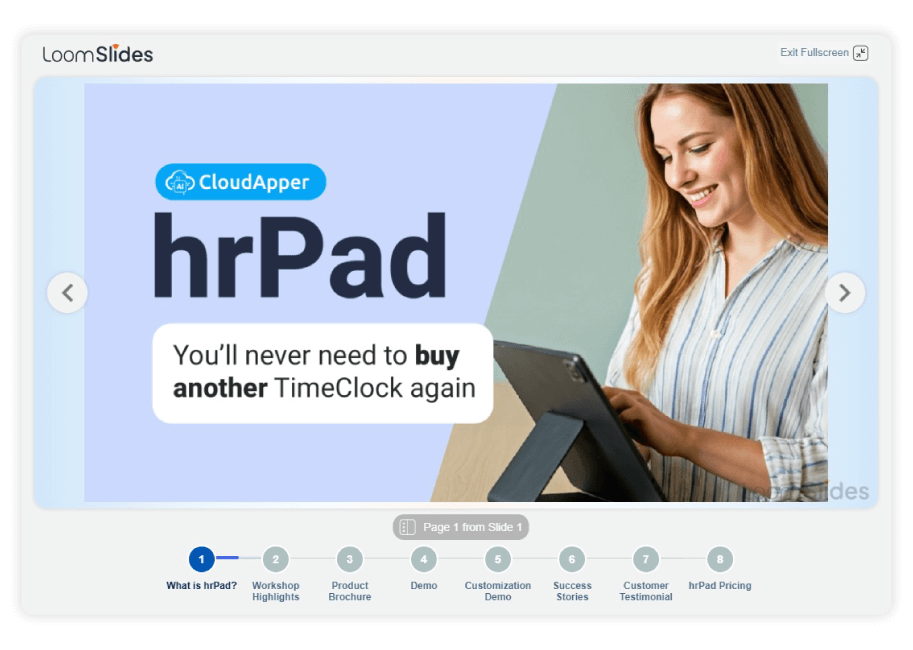
For more information on CloudApper hrPad for UKG visit our page here.
Why one-time PTO is difficult to enforce directly in UKG
| Configuration Gap in UKG | Practical Impact on HR Operations |
|---|---|
| No native “max occurrences” flag on a leave code | HR must build Genies or BI reports to locate repeat takers after the fact |
| Complex accrual work-arounds (separate bucket that grants 8 hours, then sets balance to zero) | Employees can still submit a second request if payroll hasn’t posted the first deduction |
| Validation options limited to balance > 0 | Duplicate requests slip through if the balance hasn’t refreshed, leading to retro denials |
| No real-time feedback at self-service | Employees only learn a second request is invalid when HR rejects it days later |
| Manual exception handling | Payroll staff spend hours voiding overruns and explaining policy to confused employees |

How CloudApper hrPad overlays UKG with real-time enforcement
When a worker opens the hrPad PTO tile, the application calls UKG’s accrual API in real time, then checks a simple rule: Has this employee already submitted or been paid for this PTO code?
| hrPad Capability | Benefit for UKG Administrators and Employees |
|---|---|
| API-driven one-click query of prior requests | No calculated fields or BI lookups—history is checked instantly |
| Customizable validation message | “You have already used your Bonus Day Off; please select another leave type” appears before submission |
| Point-of-request block | Supervisors never see duplicates, eliminating approval bottlenecks |
| Rule managed in no-code console | HR updates the PTO code list or policy text without IT tickets |
| Syncs valid entries back to UKG | Accruals and reporting remain in the system of record; hrPad adds only the guardrail |
Workflow comparison: before vs. after hrPad
| Stage | Traditional UKG Process | UKG with hrPad Front-End |
|---|---|---|
| Employee submits “Bonus PTO” twice | UKG accepts both; balance still shows 8 hours until payroll | hrPad checks history; second request is blocked with on-screen notice |
| HR report reconciliation | Bi-weekly Genie to locate duplicates | Not required; duplicates never saved |
| Retro adjustments | HR voids second request, reruns accrual | None |
| Employee communication | E-mail explaining denial, potential frustration | Immediate message at submission; no surprises |
| Audit effort | Spreadsheet evidence kept for policy review | hrPad log shows date, time, and reason a duplicate was blocked |
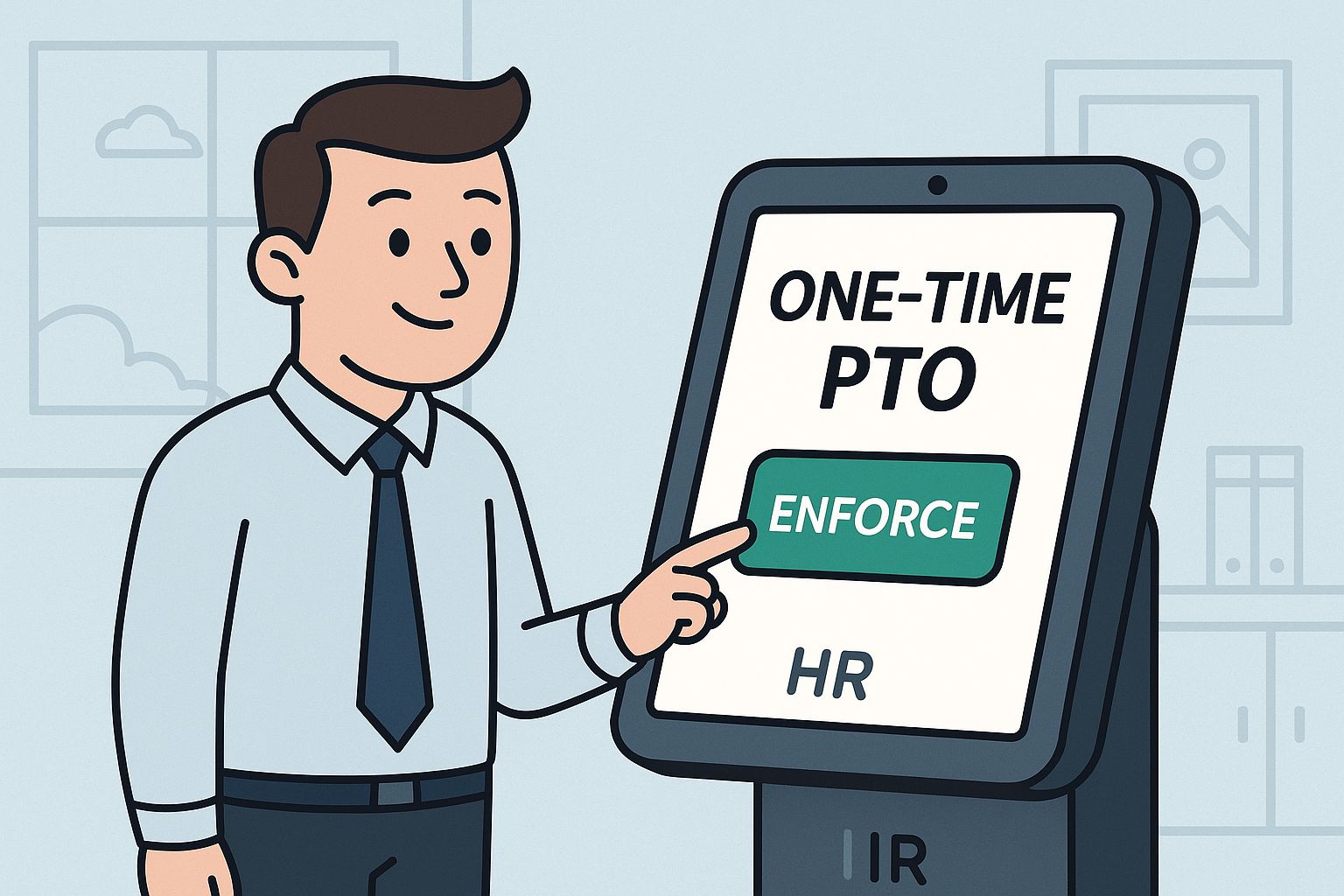
Case snapshot: Manufacturing company’s Safety Award Day
A mid-west manufacturer grants each employee an annual Safety Award Day. In UKG Ready the leave code was configured with an eight-hour balance, but duplicate requests regularly slipped through when employees edited dates or had balance refresh lag. Over one fiscal year HR processed 112 duplicate requests manually.
After enabling CloudApper hrPad:
| KPI (first six months) | Pre-hrPad | Post-hrPad |
|---|---|---|
| Duplicate Safety Day submissions | 56 | 0 |
| Payroll retro voids | 29 | 0 |
| HR hours spent reconciling | ~18 | <1 |
| Employee complaints | Frequent | None |
The implementation took one afternoon: grant hrPad API access, list “SAFETY_DAY” as a single-use code, and publish a custom message. No core accrual plans were altered.
Why a companion layer beats custom coding
Adding a validation exit in UKG would require custom BOI triggers, break with every upgrade, and still lack a user-facing alert. hrPad delivers the control externally, preserving the clean separation between transaction engine (UKG) and user policy enforcement (hrPad).
Final thought
UKG excels at tracking balances, but enforcing one-time PTO policies demands a dynamic front end. CloudApper hrPad supplies that layer—querying history in real time, blocking duplicates, and syncing only valid requests back into UKG. HR eliminates spreadsheet hunts and retro voids; employees receive immediate, transparent feedback; payroll closes without corrections. For organizations introducing special-recognition days or bonus PTO, hrPad transforms a tricky rule into a single toggle—no complex configuration, just policy upheld from the first click.






